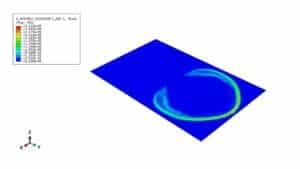

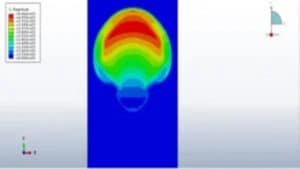
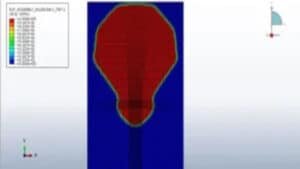
undefined


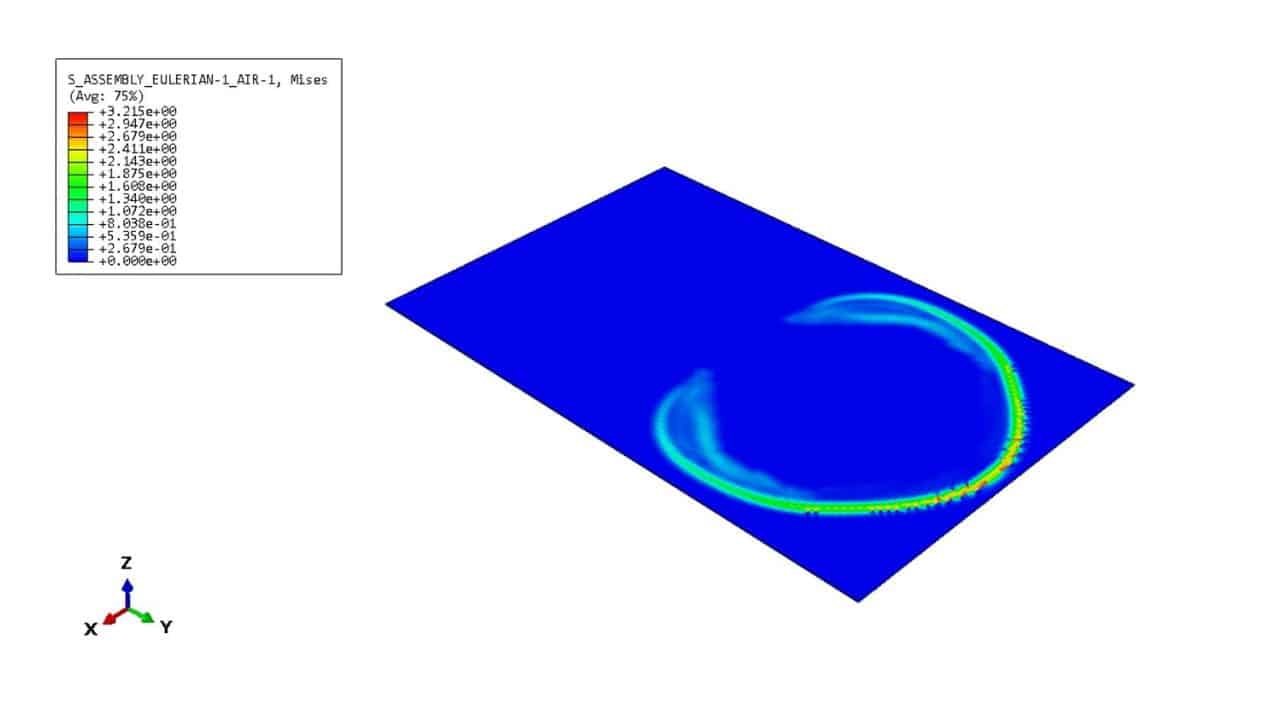
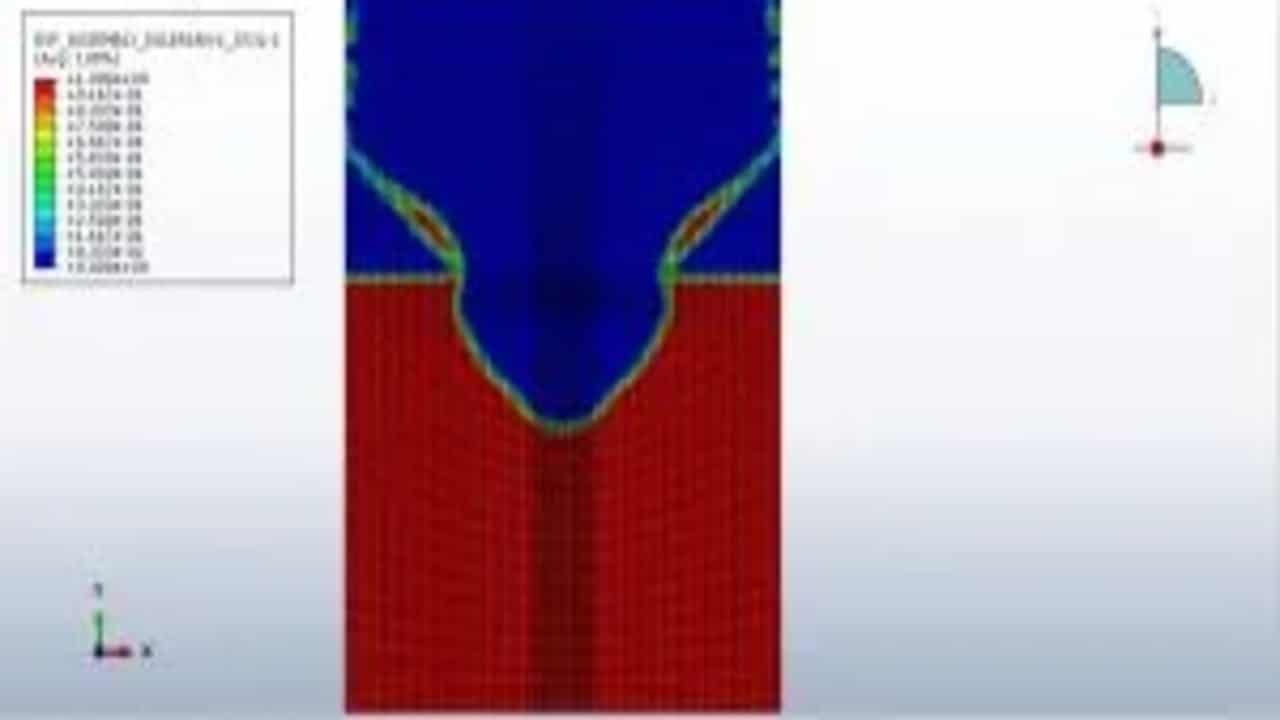
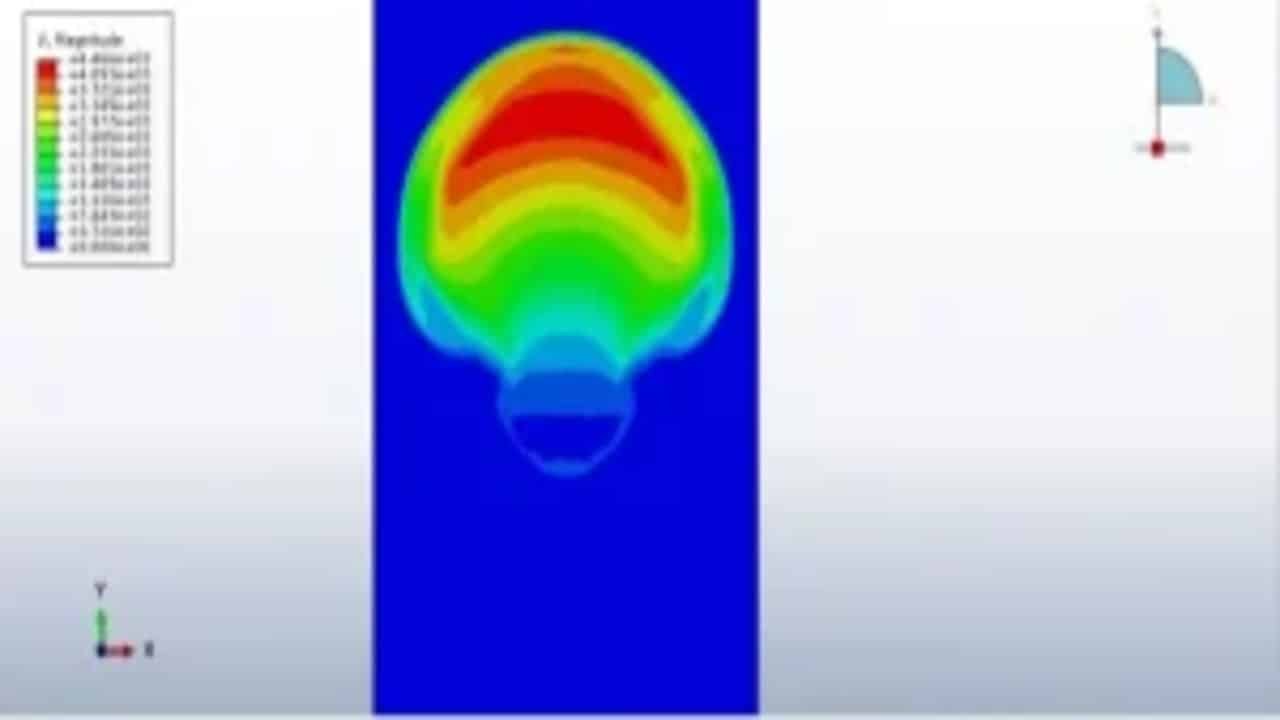
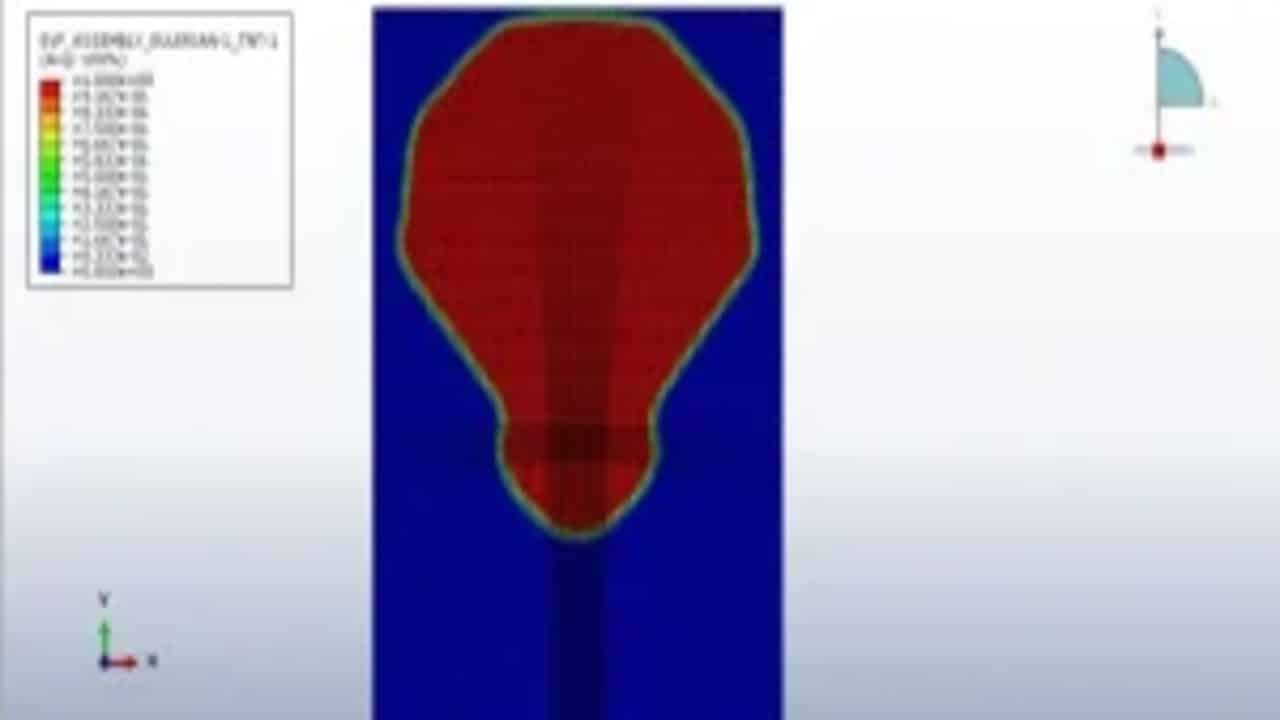


Papers abstract:
Extensive research activities in the field of blast loads have taken place in the last few decades. There are many experimental results related to underground explosions. The mechanism of crater formation is complex and it is related to the dynamic physical properties of air, soil and air/soil interface. Studies concerned with the characteristics of craters caused by explosions usually resort to dimensional analysis and statistics. Some empirical equations proposed for the evaluation of crater dimensions can be found in the literature. Nevertheless, they were obtained for particular type of soils, shapes of explosives, ranges of explosive mass and depth of explosive and they present considerable variability.
The main objective of this paper is to prove the accuracy of numerical simulation of craters produced by underground explosions. For this purpose, the numerical analysis of crater formation due to underground explosions is performed with a hydrocode. Several numerical approaches are carried out using different models and processors for the soil. Moreover, different alternatives for the constitutive model of the soil are used.
Comparison with experimental results is performed in order to validate the numerical approach and prove its ability to model the crater formation. Many simulations of the same physical model led to the same crater dimensions and a good agreement between the test results and the predicted crater measures is achieved.
Product Overview:
The tutorial focuses on simulating underground explosions and crater formation using computational modeling. It follows the methodology outlined in the ISI paper Craters Produced by Underground Explosions. The simulation is performed using a Eulerian analysis approach within specialized software. Key simulation steps include:
In this tutorial, underground TNT explosions and resulting crater formation are simulated according to data from the work of Luccioni et al.
We connect engineers through:

Want to receive push notifications for all major on-site activities?